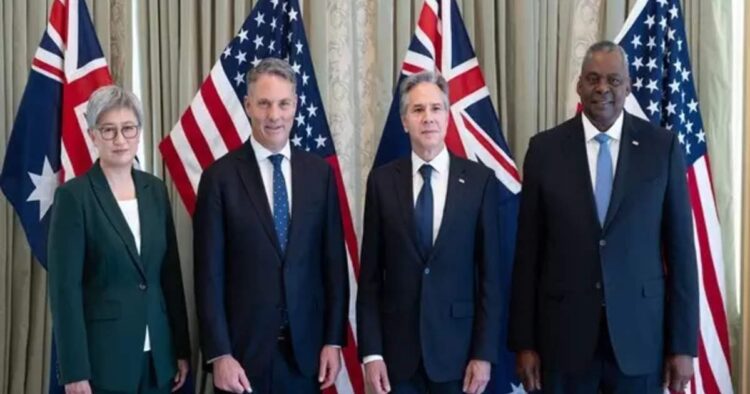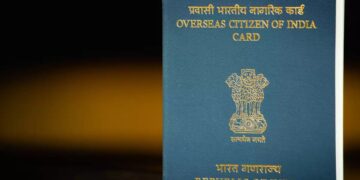On Tuesday, high-ranking officials from the United States and Australia met in Annapolis, Maryland, to discuss ways to boost their alliance and work together more closely in the Indo-Pacific region and beyond. The meeting was led by US Secretary of State Antony Blinken and Secretary of Defense Lloyd Austin, who hosted Australian Foreign Minister Penny Wong and Deputy Prime Minister and Defense Minister Richard Marles.
During the meeting, the leaders reaffirmed the importance of the US-Australia Alliance, highlighting its role in maintaining a peaceful and prosperous region. They emphasized their shared history and values and pledged to support a stable international system that respects each nation’s right to make independent decisions without external pressures or threats.
The meeting built on commitments made during Australian Prime Minister Anthony Albanese’s visit to the US in October 2023, where he met with President Joe Biden. Several major actions were announced as part of this ongoing partnership:
1. Countering Foreign State Information Manipulation: Australia endorsed the US Framework to Counter Foreign State Information Manipulation through a new bilateral Memorandum of Understanding (MoU). This agreement aims to strengthen both nations’ efforts to tackle misinformation and propaganda from foreign states.
2. Landsat Next Partnership: The countries agreed to establish the Australia-US Landsat Next Partnership. This initiative, involving Geoscience Australia and the US Geological Survey, will enhance cooperation on satellite imaging. The data collected will support resource management, urban planning, climate change mitigation, and disaster relief efforts in the Indo-Pacific region.
3. Global Entry Program: Australia will continue progressing towards joining the US Global Entry Program. This will streamline travel between the two countries and further strengthen their people-to-people connections.
4. Mekong Safeguards Program: A new four-year phase of the USAID-Australia Mekong Safeguards Program was announced. This program will support better environmental and social standards for infrastructure development in the Mekong subregion, promoting sustainability and governance.
5. Space Cooperation: The nations will work on a space framework agreement to facilitate collaboration on civil space activities, including participation in NASA’s Artemis program, which aims to explore the Moon and beyond.
6. Ministerial First Nations Dialogue: An inaugural Ministerial First Nations Dialogue will be established to focus on advancing economic development, Indigenous rights, and environmental stewardship with First Nations peoples in Australia and federally recognized tribes in the US.
7. Cybersecurity and Threat Analysis: An MoU was signed between the Australian Department of Foreign Affairs and Trade and the US Department of State’s Diplomatic Security. This agreement will facilitate exchanges in technical security, cybersecurity, and threat analysis.
8. Pacific Banking Forum: The US and Australia will co-host the Pacific Banking Forum to support the Pacific Islands Forum Secretariat’s efforts to address banking issues and de-risking in the Pacific region.
9. Cultural Preservation: Support for cultural preservation in the Pacific will be provided through the Australian Museum’s Pasifika Tauhi project, which aims to protect and promote Pacific cultures.
10. Critical Minerals Taskforce: The Australia-US Critical Minerals Taskforce will continue its work to secure diverse critical mineral supply chains, boost investments in mining and processing projects, and enhance market transparency.
These new agreements and initiatives reflect the deepening partnership between the US and Australia, highlighting their commitment to addressing global challenges and promoting mutual interests.

















Comments